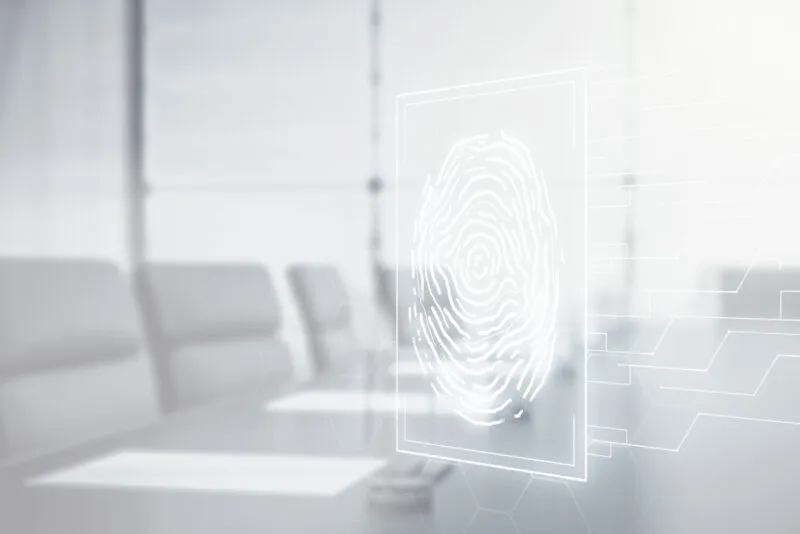Virtual patent and design marking
In the first part of this series we introduced the concept of patent and design marking and the related provisions in Australia, New Zealand, UK and USA. In this second and final part, we look at the increasingly common use of “virtual marking”, including key points to consider when relying on virtual marking and the potential advantages it offers.
What is virtual marking or web marking?
Virtual marking (also known as web marking) typically involves marking a product with words such as “patented” or “design registration” along with text or code (such as a QR code) that corresponds to a link to a website containing more specific patent and registered design information such as patent or design registration numbers and countries where patent or registered design protection has been obtained. This differs from traditional marking, where all the specific patent and design information is physically included on the product itself or its packaging.
Although the US and the UK has formally acknowledged the use of such virtual marking, this is not so for Australia and New Zealand. However, virtual marking may still be an appropriate way of providing constructive notice to potential infringers in these countries. In general, however, we recommend that professional advice is sought on the viability of virtual marking your products.
Key considerations with virtual marking
When using virtual marking, care should be taken to:
- Ensure that each patent or registered design identified on the website is clearly associated with the product that falls within its scope - a general statement to the effect that products are or may be covered by a list of patent and/or registered design numbers may not be sufficient constructive notice to the public;
- ensure that the information is freely available to the public, i.e., that the information is not placed behind any kind of pay or registration wall - capturing information on persons accessing the information could be considered as a form of payment and thereby not necessarily deemed “free”; and
- ensure that the internet link directs to a specific webpage where the patent or registered design information is provided - a link to a landing page or home page from which a person must follow another link is likely not sufficient.
What are the advantages of virtual marking?
Virtual marking can provide several advantages over a more traditional physical marking approach. For example, virtual marking can:
- be easily changed on the website to reflect changes in the status of patent or registered design protection - by example and in contrast, after a patent or registered design lapses, any existing products physically carrying outdated information would have to be recalled to avoid potential penalties for false representation;
- take up less space on a product by moving details to a website rather than listing each individual patent and registered design number on the product itself - this is particularly useful if a product is small or not easily marked; and
- be found in an online search - typically the first step for product research is via online searching, which has wider reach than any physical shop - if the website displaying a product contains relevant patent and registered design information, it becomes very hard for an infringer to rely on the defence of “ignorance”.
Key takeaways
- An infringer’s awareness of the IP rights relating to a product can affect the penalties awarded for its infringement.
- If carried out correctly, patent and registered design marking provides constructive notice of the existence of IP rights to the public, increasing the chances of obtaining monetary relief upon enforcing a patent or registered design.
- Virtual marking can provide many practical advantages over traditional physical product marking and further reduce the risk of rights holders being frustrated by an “ignorance” defence.
- A marking strategy should be developed by users of the patent and registered design systems to ensure that marking of their products is kept up to date and accounts for differing laws and practices around the world.
Should you have any inquiries, please do not hesitate to contact the following individuals: Eddie Walker or Chor Lai
Learn more
Read our first part of this series where we introduced the concept of patent and design marking and the related provisions in Australia, New Zealand, UK and USA.


